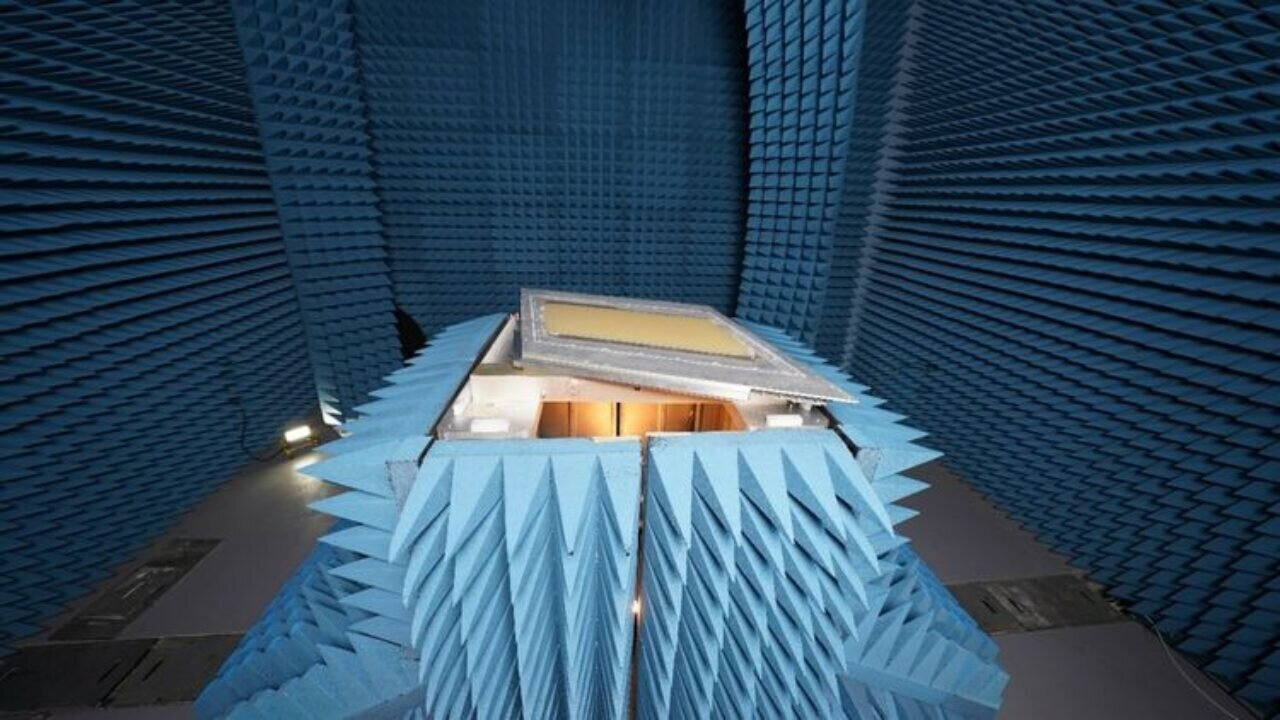Northrop Grumman Corporation has successfully moved its first Electronically-Scanned Multifunction Reconfigurable Integrated Sensor (EMRIS), a new ultra-wideband sensor, into integration and test.
Northrop Grumman’s sophisticated multifunction sensors, including EMRIS, enable warfighters to accelerate decision timelines and act collectively.
“The sensor’s architecture is easily scaled and reconfigurable, including a variety of mounting configurations, for a wide applicability across platforms and domains,” said Krys Moen, vice president, advanced mission capabilities, Northrop Grumman. “By developing EMRIS in an open-architecture construct, we can rapidly add new or improved capabilities to increase performance while avoiding redesign. This supports decades of fielded use and continued access to industry best-in-class capabilities for the warfighter.”
EMRIS’s fully digital Active Electronically Scanned Array (AESA) utilizes technology from the Defense Advanced Research Projects Agency Arrays on Commercial Timescales (ACT) program combined with government open-architecture standards. By applying the flexibility of a digital AESA, EMRIS can perform functions including radar, electronic warfare and communications simultaneously.
Multifunction apertures consolidate multiple functions into a single sensor, decreasing both the number of apertures needed and the size, weight and power requirements for the advanced capabilities. Sophisticated multifunction apertures like EMRIS can deploy several functions simultaneously. As part of EMRIS’s integration and test phase, Northrop Grumman is demonstrating the ability to quickly leverage technology developed for other programs to adapt multiple fielded capabilities into EMRIS.
EMRIS was designed using common building blocks and software containerization allowing for rapid, cost-effective production. The sensor’s design leverages commercial processes and materials, including 5G tech base, driving down cost and increasing the quality and reliability of the components.









